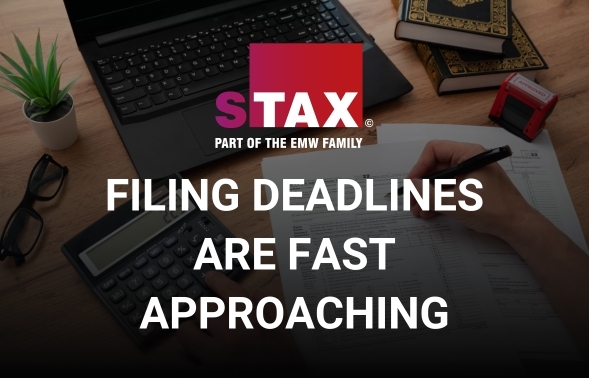When succession planning is ignored or done badly, the fallout is serious: reduced efficiency, operational errors and even a dip in share price from lost investor confidence.
So why do so many businesses hesitate with succession planning? Sometimes it's the pressure of urgent crises. Other times, it’s avoiding difficult conversations - whether with an incumbent about retirement or with potential successors who may not be ready. And often, there’s confusion over ownership: Is it HR? The CEO? The leadership team?
And succession planning isn’t just for the C-suite. Any senior role, especially those with niche expertise, can cause major disruption if left unfilled.
If you’re thinking that succession planning needs to move up your list of leadership priorities, here’s how to start:
- Identify key roles. Assess which roles are business-critical and what would happen if they were suddenly vacant.
- Align with your strategy. Think ahead. What roles and skills will your future vision demand?
- Assess your talent. Evaluate internal potential and create development plans. Executive coaching can be invaluable here.
- Prioritise diversity. Use structured assessments to mitigate bias and broaden your pool of future leaders.
- Communicate and engage. Don’t silo this in HR. Make it a shared leadership responsibility - with clear objectives tied to succession outcomes.
Succession planning isn’t just a “rainy day” task. It’s a core leadership responsibility. When embedded well, it protects your people, strengthens your culture, and secures your organisation’s future.
Your first step could be to develop your key talent to take that next role. You can download two guides from my website to help you, or get in touch to find out more.





















